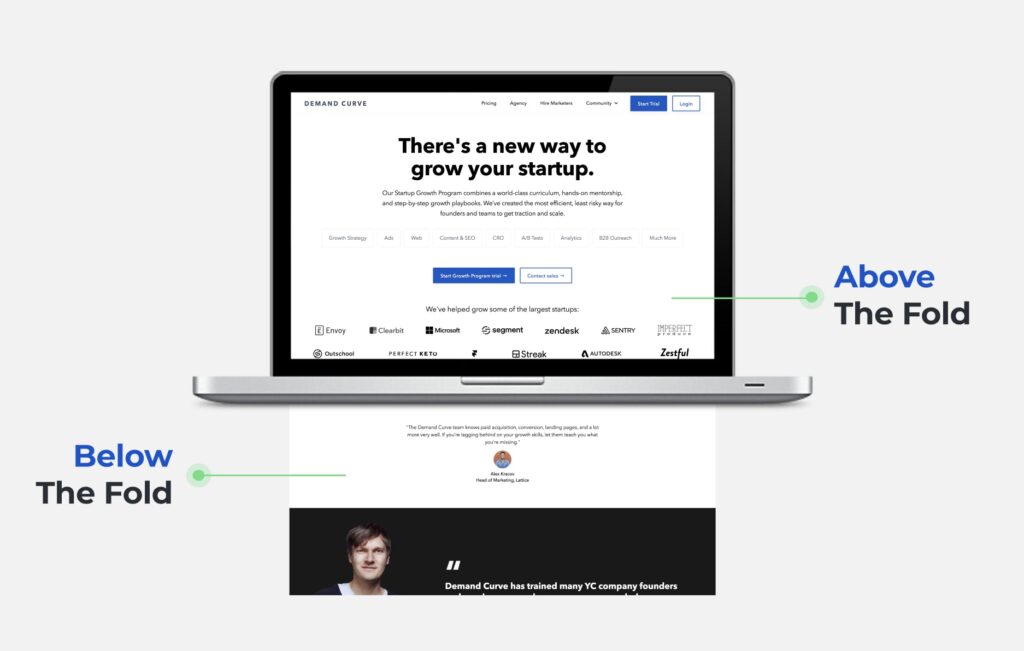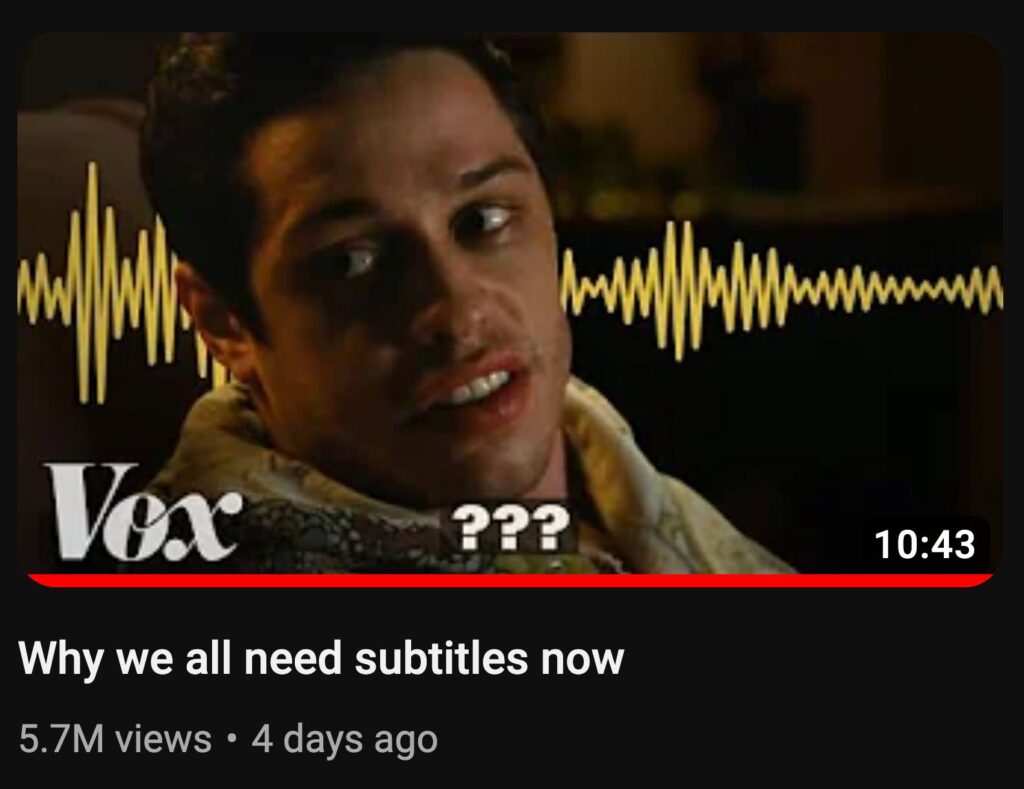WORK LESS WEDNESDAY
WLW #65
This week’s issue of Work Less Wednesday is sponsored by:
Creator Wizard: Paid sponsorship opportunities for creators.
Join 9K+ creators and get weekly updates on paid sponsorships PLUS tips on how to pitch & price your partnerships so you stop leaving thousands on the table. Subscribe for free.
🤔 1. Why You’re Thinking About Productivity All Wrong
I came to a shocking realization this week…
99% of people are doing productivity wrong.
Here’s what I now believe:
Until you have clear goals and priorities, you have not business even thinking about productivity.
That’s right.
Productivity DOES NOT MATTER, until you know what you want.
Just look around you.
Everyone has it backwards.
Being productive WITHOUT clarity looks like this:
- Being the best possible employee at a job you know you hate.
- Working a long 10 hour day and realizing you got nothing important done.
- Doing items on your to-do list as efficient as possible, without questioning if you even should be doing them at all.
Here’s the thing: mindlessly optimizing without a goal is a recipe for regret.
At the end of your life, you won’t get an award for:
- Best email checker
- Most meetings booked in a day
- Most organized Notion template
And yet that’s what we spend most of our doing.
For me, productivity is about one thing: getting the result you want.
If you get it, you’re productive.
If you don’t, you’re not.
So how do we figure out what we want?
First, pick up a pen and a notebook.
Start by making a list of the things that you don’t want.
Write down:
– all the things you hate doing,
– that drain your energy,
– and that make you unhappy.
You now have a guide for what NOT to do.
You can start your productivity journey by removing those things.
To find out what TO do, look at the opposite.
Write down:
– all the things you love doing,
– that give you energy,
– and that make you happy.
Figure out how you can do much more of that.
Then, we can talk productivity.
📘 2. Book I’m Reading This Week – Buy Back Your Time by Dan Martell
If you follow me, you’ll like this book.
In fact, many of the concepts Dan writes about I cover in depth in my Delegation Week of How To Work Less.
Here’s the description:
Learn to conquer the one real hurdle to scaling your company and growing rich: Time. Trading money for time—that is, literally buying back free space in your calendar—will give you more financial success than you ever dreamed was possible.
One of the concepts I want to share with you is the idea of the “Buyback Rate.”
For many people, delegating tasks can be difficult to justify financially in the beginning.
The “Buyback Rate” will give you clarity.
Dan’s “Buyback Rate” is the rate at which you can 100% afford to pay someone to take a task or project off your plate.
This rate gives you at least a 4x ROI on delegating your time.
Here’s his simple way to calculate it:
Your Yearly Income / 8,000 = Your Buyback Rate
So if you made $200,000 / 8,000 = $25/hr is your Buyback Rate.
In this example, you should delegate any tasks that you can get someone to do for less than $25/hour.
You literally have NO BUSINESS doing any tasks below $25/hour.
Buy Back Your Time has been a great read so far – you can check it out here.
🖥️ 3. How To Craft The Perfect Landing Page – Playbook By Julian Shapiro
If you want to create the best possible landing page for your company, course, product, or service, you must spend 90% of your design time here:
“Above the fold.”

This guide from Julian Shapiro is the most detailed, step-by-step breakdown I’ve ever seen on creating a powerful above the fold experience.
The good news?
There’s really only 4 main elements you need to worry about:
- Header
- Subheader
- Image
- Button
Read on to learn how to optimize all 4…
🎧 4. What To Do If You Accidentally End Up On A Podcast – Article From Demand Curve
One of my favorite newsletters is Demand Curve (you can subscribe here).
Last week, they shared this incredible cheatsheet about how to prep for a podcast interview.
It was an instant-save for me.
Maybe you don’t feel like you’re ready for a podcast yet, but someday the offer will come.
And you must be ready.
Because it’s up to you to make it good.
Here’s what to do…
1. Treat it like a performance, not an interview.
Bring energy by smiling and using vocal inflections.
Enunciate your words.
If you’re going to be on video, use hand gestures for a more dynamic visual.
2. Research the podcast(s) you’re appearing on by asking the host:
- Who is your audience?
- What are some of your most popular episodes?
- What topics will we cover? (Getting the questions in advance = even better)
3. Create a cheat sheet of talking points and send it to the host.
It should be an outline with specific examples, not a script.
For example, this one, from Neal O’Grady.
Make sure to include:
- A 2-minute synopsis answering “Tell me about yourself”
- Your life background
- Why you do what you do
- How people can take action, e.g., sign up for your service or buy a product
- Your hottest takes or “spiky point of view”
- Books, podcasts, and resources you recommend
4. Prepare a few interesting anecdotes
Telling stories makes for more entertaining and memorable interviews.
Rehearse them with your friends so you can perfect the delivery.
5. Invest in good equipment.
Get a professional microphone.
If doing video, get a solid camera and light like the Lume Cube.
Do the above and you’ll far more likely dazzle their audiences and generate leads.
Shout out to Demand Curve for this perfect guide.
👂5. Why We All Need Subtitles Now (Are We Deaf?) – Video From Vox
This weekend, my wife and I put on a movie.
We were watching Bodies Bodies Bodies.
A few minutes passed, and we both looked at each other…
“I can’t understand a word they are saying.”
“Subtitles?”
“Yeah…”
These days it seems like we’re watching things with subtitles more often than not.
Movies, TV shows, documentaries, YouTube videos, you name it.
But why is that happening?
Are we are all going deaf?
I’ve got answers.
This great video from Vox breaks down “Why We All Need Subtitles Now.“

If you don’t have 10 minutes to spare, here’s what you need to know:
The good news:
You’re not going deaf.
So what’s going on?
1. Microphones
Old school microphones were really bad.
Actors compensated for them by focusing on elocution & line delivery.
That’s why you don’t remember needing subtitles for old movies.
These days, there are minimum 4-5 microphones picking up everything on set.
This allows actors to be much quieter.
Which makes them hard to hear.
2. Dynamic Range
In order to create contrast between loud sounds (explosions) and soft sounds (dialogue), you need dynamic range.
As a result, dialogue comes down in the mix.
And you can’t hear it.
3. Downmixing
When audio editors prepare a movie for release, they are not mixing it for you at home.
They are mixing it for the widest surround sound format (the theater).
And theaters have a lot of speakers, with a lot of channels.
That means your iPhone or home tv setup is getting up to 128 theater tracks, compressed down to just 2.
4. Your Tiny Speakers
Your thin flat screen tv and your iPhone have one thing in common:
Tiny speakers.
That makes your downmixed audio even harder to hear.
And that, is why we all need subtitles now.
